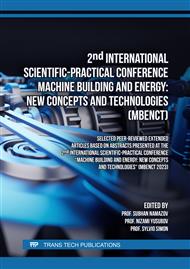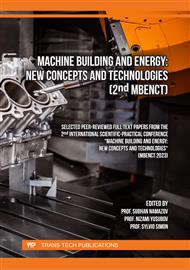p.37
p.45
p.51
p.61
p.69
p.77
p.87
p.95
p.103
Determination of the Uncertainty of the Dimensions of Weight Stones in Mass Measurements in Maritime Shipping
Abstract:
In the shipping industry, the measurements of the weights are also important as all the cargo weighs tons. cargo carried in a cargo unit shall be so packed and secured within the unit as to prevent, throughout the voyage, damage or hazard to the ship and the persons on board. Appropriate precautions shall be taken during the loading and transport of heavy cargoes or cargoes with abnormal physical dimensions to ensure that no structural damage to the ship occurs and to maintain adequate stability throughout the voyage. This report describes the results of the bilateral supplementary comparison COOMET.M.M-S4 The comparison measurements between the two participants Czech Metrology Institute (CMI) (pilot laboratory) and Azerbaijan Institute of Metrology (AzMI) were started. The transfer standards were OIML Class E2 standard weights with nominal mass values of 5 kg, 500 g, 20 g, 2 g and 100 mg. Agreement between the two participants is good.
Info:
Periodical:
Pages:
69-76
Citation:
Online since:
April 2024
Authors:
Keywords:
Price:
Сopyright:
© 2024 Trans Tech Publications Ltd. All Rights Reserved
Share:
Citation:



